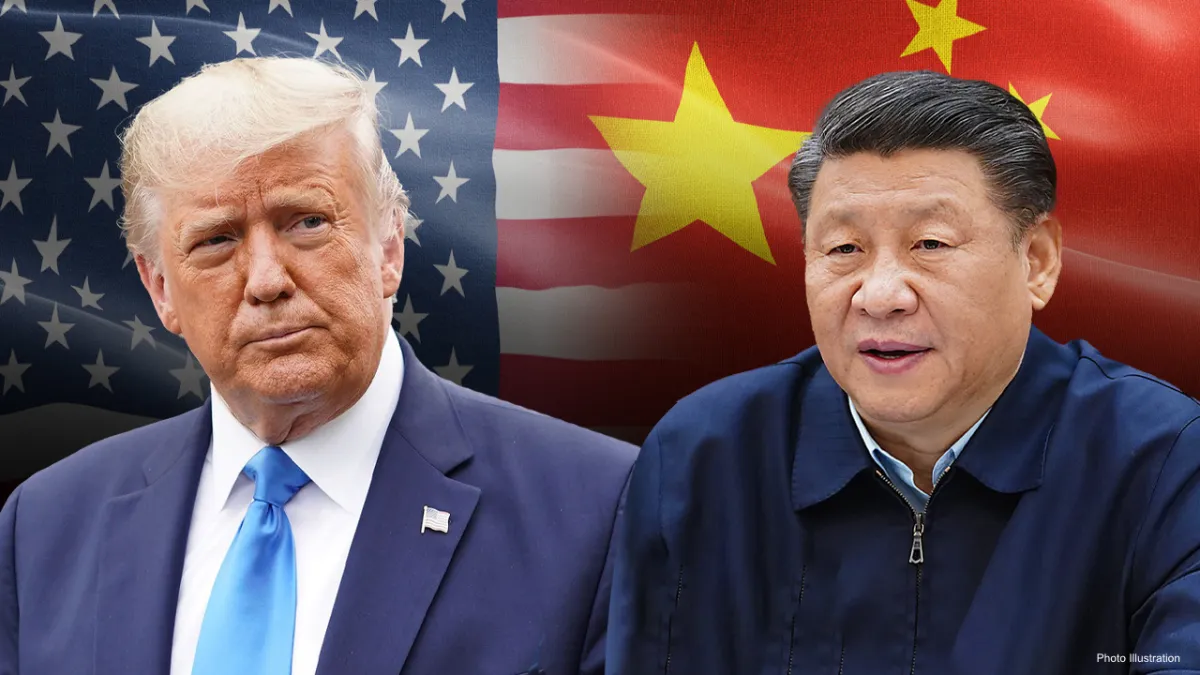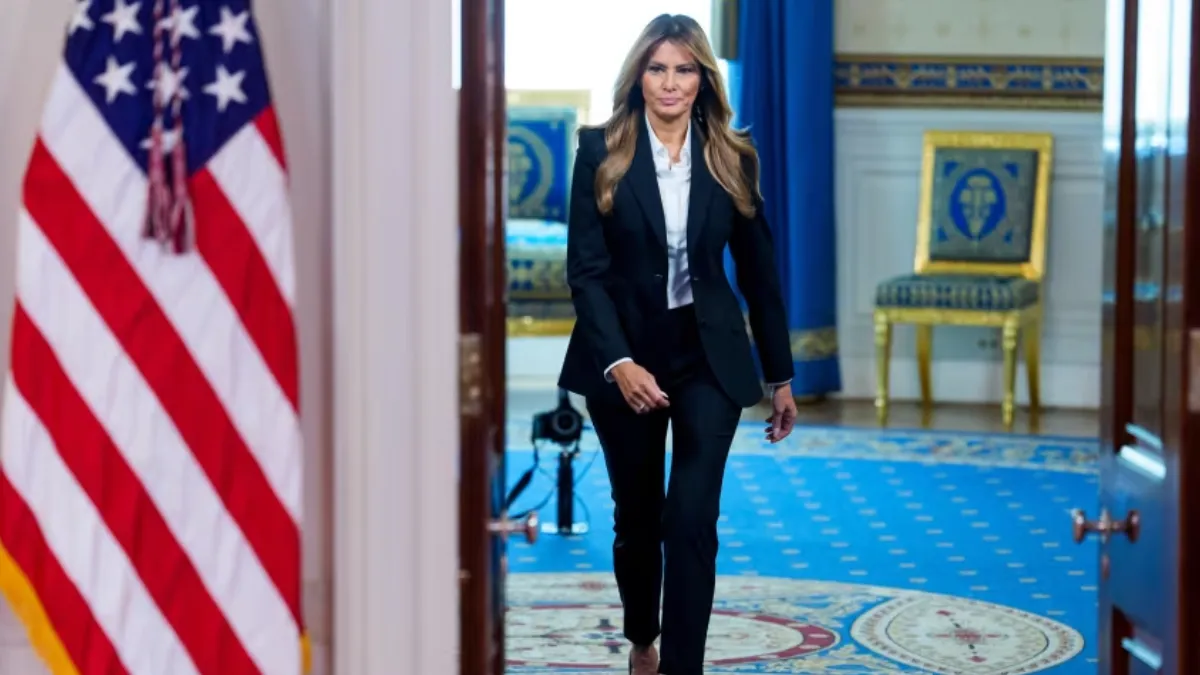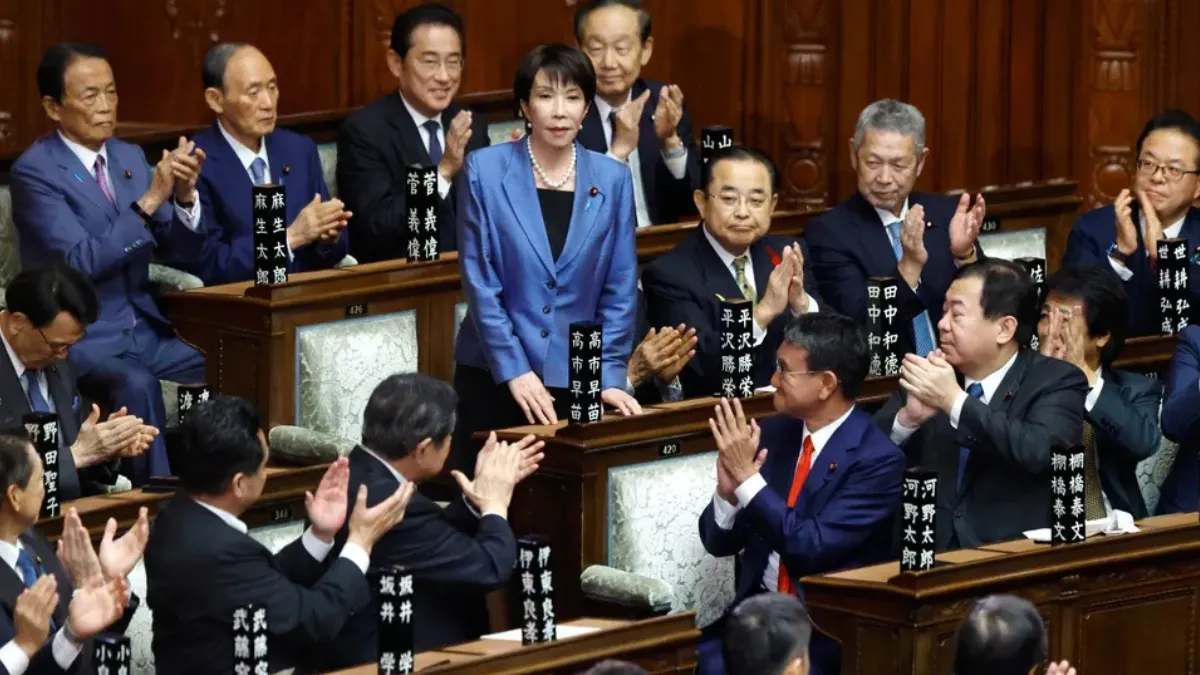Introduction: Trump 100 Tariff on China Shakes Global Economy
Trump 100 Tariff on China: In a move that has sent shockwaves through global markets, U.S. President Donald Trump has announced a 100% tariff on Chinese imports, effective November 1, 2025. The decision — now being widely discussed under the phrase “Trump 100 tariff on China” — marks one of the most aggressive economic steps in modern trade history.
Trump’s announcement comes after China tightened its export restrictions on rare earth minerals, essential components used in electronics, electric vehicles, and defense technology. The U.S. President accused Beijing of trying to “hold the world hostage” by controlling global access to these critical materials.
Why Trump Announced the 100% Tariff
The Trump 100 tariff on China was introduced in response to China’s October 9 decision to impose stricter export rules on rare earth minerals. These minerals are vital for making smartphones, chips, and electric vehicle batteries. Under Beijing’s new policy, foreign companies using Chinese raw materials must now apply for export licenses, and firms linked to foreign militaries will not be granted access.
Trump reacted strongly to this move, calling it “a deliberate attack on the free world’s supply chain.” He declared that the U.S. would counter China’s “economic blackmail” with a full-scale tariff response.
China’s Rare Earth Monopoly and Global Dependence
China currently dominates the global rare earth market — controlling about 70% of global supply and 90% of its processing capacity. On October 9, Beijing expanded restrictions to include five additional elements: Holmium, Erbium, Thulium, Europium, and Ytterbium.
This means China now controls exports of 12 out of 17 rare earth elements, which are critical to industries from semiconductors to defense manufacturing. The U.S. and its allies depend heavily on these materials, and the Trump 100 tariff on China aims to push back against that dominance.
Trump’s Statement: “China Is Holding the World Hostage”
In a lengthy post on his social media platform Truth Social, Trump accused China of trying to weaponize trade.
“China is becoming more aggressive every day. They are restricting access to metals and magnets used in electronics, chips, lasers, and jet engines. By doing this, they are holding the world hostage,” Trump wrote.
He added that there was no reason to meet Chinese President Xi Jinping at the upcoming APEC Summit in South Korea, signaling a potential diplomatic freeze between the world’s two largest economies.
Impact of the Trump 100 Tariff on China
The Trump 100 tariff on China is expected to raise the total import duty on Chinese goods from 30% to 130%, making Chinese products significantly more expensive for American businesses and consumers.
Economists warn that this could disrupt global supply chains, increase prices, and potentially trigger another global trade war. Many companies that rely on Chinese imports — especially in the technology and automotive sectors — are expected to face sharp cost increases.
Trump, however, defended the move, stating that “short-term pain is necessary for long-term gain.” He added that the U.S. “will no longer depend on nations that exploit global trade for political power.”
Stock Market Reacts: Sharp Drop on Wall Street
Following Trump’s announcement, the U.S. stock market saw immediate turbulence. The S&P 500 fell by 2.7%, the Dow Jones Industrial Average dropped 1.9% (878 points), and the Nasdaq Composite slid 3.6% by closing time on Friday.
Tech giants like Nvidia, Apple, and Tesla experienced declines due to fears of production delays and higher costs. Investors turned toward safer assets like gold and bonds, anticipating further volatility.
Financial analysts noted that the Trump 100 tariff on China could be the most significant trade move since the first Trump administration’s 2018 tariff war, which had similarly rattled markets worldwide.
Timeline of the Trump 100 Tariff Policy
- March 5, 2025: Trump announced plans to impose tariffs on all nations taxing U.S. goods unfairly.
- April 2, 2025: He extended tariffs to 69 countries, including India, with a 90-day window to negotiate trade agreements.
- July 31, 2025: Tariffs expanded to over 100 nations. Allies faced 10–20% tariffs, while others faced 25–50%.
- October 11, 2025: Trump unveiled the 100% tariff on Chinese imports, sparking fears of a renewed global trade war.
Will China Retaliate Against Trump’s 100 Tariff on China?
So far, Beijing has not issued an official response, but experts believe China could retaliate with new import taxes on U.S. goods or restrict American companies operating in China.
In previous trade conflicts, China imposed 125% import tariffs on U.S. goods in response to Washington’s policies, nearly halting bilateral trade. Analysts fear a similar escalation now, as both countries appear unwilling to compromise.
Experts Warn of Global Ripple Effects
Economic experts warn that the Trump 100 tariff on China could have far-reaching consequences beyond the U.S. and China. With most of the world depending on Chinese manufacturing, even minor trade disruptions could lead to supply shortages and price hikes.
A senior analyst at the World Trade Institute said:
“When the U.S. and China clash, the entire world feels the aftershock. The Trump 100 tariff on China may strengthen U.S. manufacturing in the long run, but it will also strain international trade in the short term.”
Trump Cancels Meeting with Xi Jinping
President Trump made it clear that he will not meet Xi Jinping at the APEC Summit, citing China’s trade aggression.
He remarked:
“There’s no reason to meet Xi now. The world must see that the United States will not bow to coercion.”
This statement confirms a growing diplomatic rift that could spill over into defense, technology, and international cooperation, making it one of the most strained periods in U.S.-China relations in decades.
Also read: Pfizer Deal and Indian Pharma Industry: Relief as Donald Trump Delays Tariff Plan
Conclusion: A New Era of Economic Confrontation
As the Trump 100 tariff on China comes into effect on November 1, 2025, global markets are preparing for a new chapter in the U.S.–China trade war. The move highlights Washington’s determination to reduce reliance on Chinese materials and production chains — even if it means short-term economic disruption.
Whether this bold step will pressure Beijing to loosen its export controls or ignite another full-blown trade war remains to be seen. But one thing is certain — the Trump 100 tariff on China has already reshaped global trade conversations and set the stage for one of the most significant economic showdowns of the decade.
















